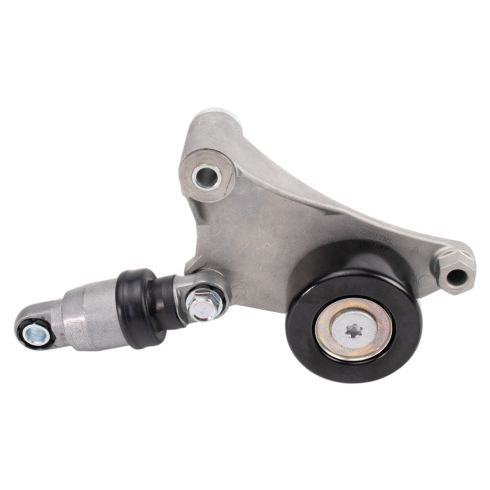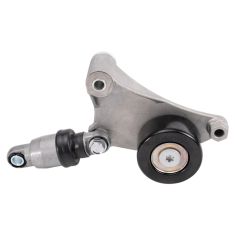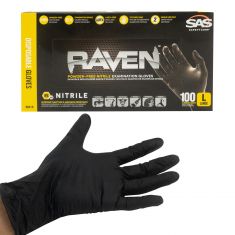1AEBT00158-Toyota Scion Accessory Drive Belt Tensioner TRQ BPA03806

Replaces
Toyota Scion Accessory Drive Belt Tensioner TRQ BPA03806

Frequently bought together
Product Reviews
Loading reviews
5.00/ 5.0
2
2 reviews
July 26, 2023
Good
March 30, 2024
Excellent
Customer Q&A
No questions have been asked about this item.










